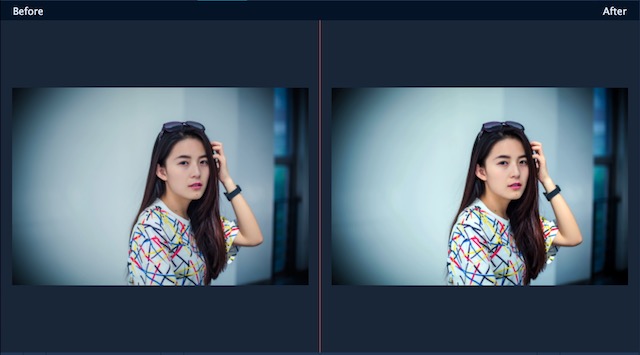

Given how limited the clip art selections’ scope, it’s doubtful that most users will want to use this function. Though a bit tacky, there are also a handful of options for placing clip art or “stickers” over your footage. These effects can allow for the placement of arrows and circles to point out parts of clips you want to draw attention to most.įor example, if something unexpected or funny happened in a scene’s background, you can duplicate the clip, slow it down, and drop a circle or arrow towards something worth pointing out in the video. When you’re reading to add one, simply drag it down onto the part of the timeline where you want such an effect to be applied.Ī handy collective of effects can be found in the Callout section, used for highlighting specific areas of footage. Similar to other video editing programs, you can preview how such effects and transitions will appear on your video by merely clicking on the icon. Effectsĭespite seeming so basic in much of its interface and editing, Movavi hasn’t skimped on the effects that can be placed over your video projects. It’s nothing spectacular when compared to the competition of other video editing applications, but it does its job in the area quite well. In terms of the most simplistic editing functions, Movavi fulfills all the basic needs. Much of the tools you’ll use for editing are also exceptionally easy to access and find, with all the essential tools being big and bold on the toolbar just above the timeline. Clips can also be split if you want to place pieces of the video elsewhere on the timeline or apply a specific filter to a particular section. You can trim In and Out points to specify what part of the video will be snipped out. Clips can be moved around in the timeline as they would any other program, though how they can be shifted magnetically shares much in common with Final Cut Pro. The editing process is relatively straightforward.

This isn’t to say that there are no options for fixing the audio as there are normalizing functions to smooth out areas that may be quiet or too loud.īut without a proper audio window to keep track of the peaks, there’s an awful lot of guesswork involved as opposed to other video applications that feature a level gauge. You’re going to have to rely a bit more on your ears to listen to where the audio is an issue and keep an eye on the waveform to spot where a problem may lie. The big problem is that there are no gauges for audio levels or meters to find out just when your audio is peaking and where it needs to be fixed.
#Review of movavi photo editor professional#
However, the most troubling aspect is that there’s quite a bit missing from this interface if you’re seeking to craft a more professional video. The preview window feels a bit like a mix of professional and hobbyist views with the combination of timecodes and a progress bar akin to online video platforms. The editing tools are incredibly easy to get used to for being large and conveniently placed just above the timeline. You can drag, trim, and shuffle around all clips within the timeline with intuitive and straightforward tools present. The timeline is relatively standard with its layering of video and audio. The most immediate aspect that conjures such comparisons is using a visual display for assets in a storyboard style layout. Movavi boasts a robust yet straightforward interface that bears some striking similarities to Adobe Premiere Elements’ likes.


 0 kommentar(er)
0 kommentar(er)
